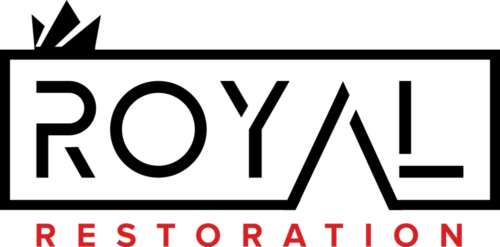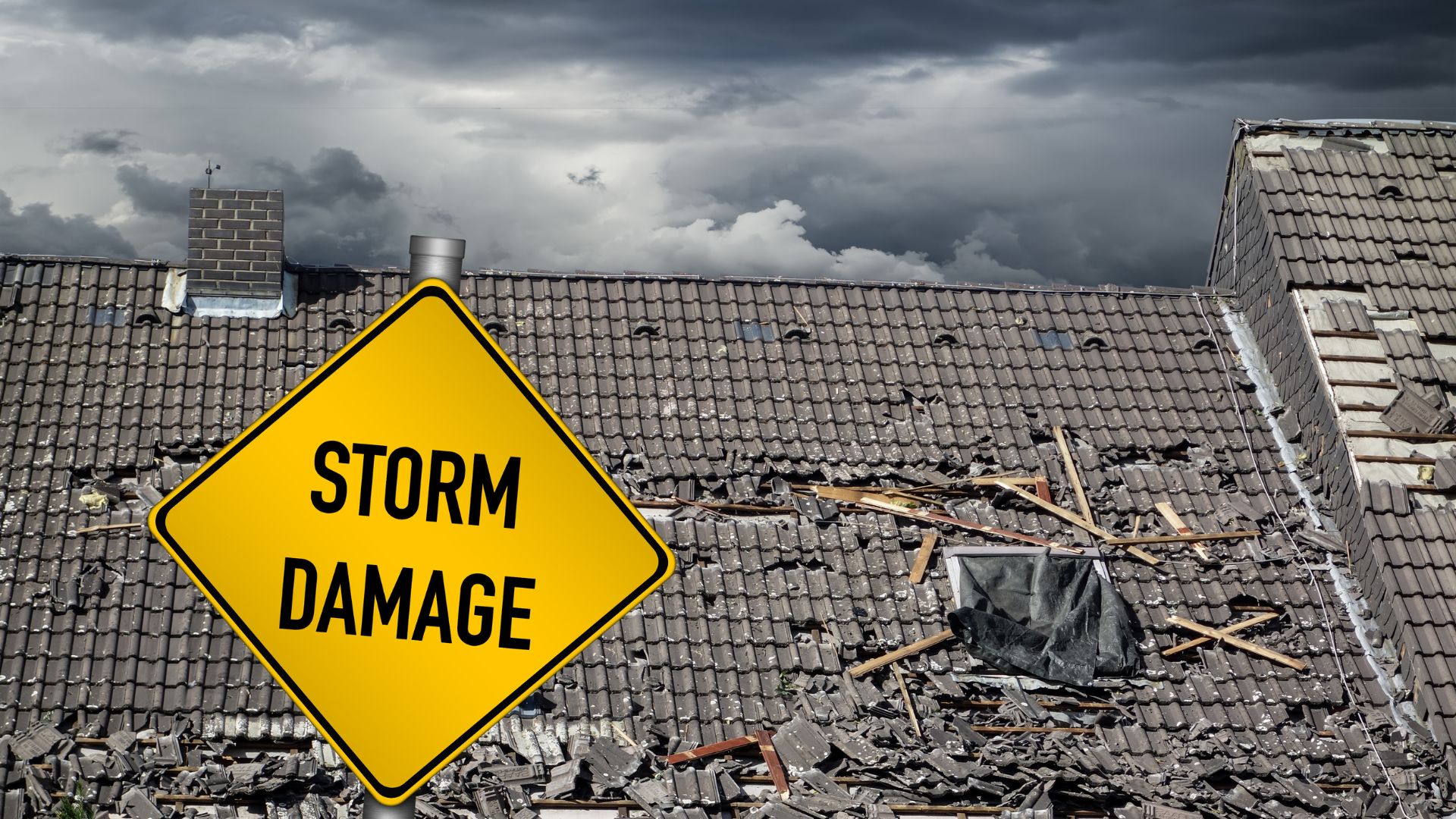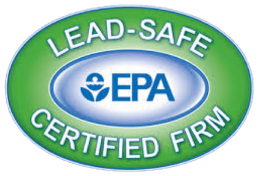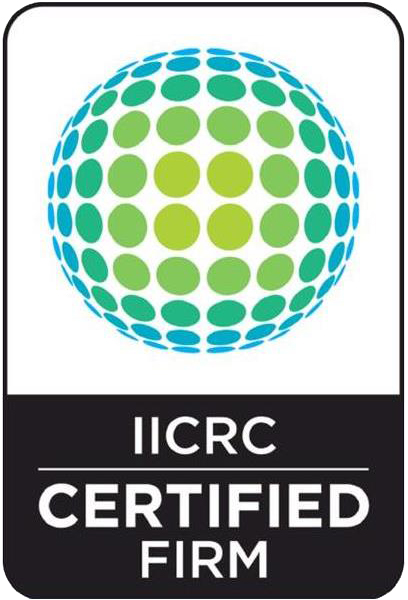Severe storms bring powerful winds and heavy rain, it can wreck almost everything in the house. Recovering from a storm can be both challenging and time-consuming. It is also costly as it requires post-storm damage repair.
Table of Contents
Depending on the damage your house has experienced, it is essential to know the different wind and storm damage restoration tips. But first, let us know important facts about wind, how to prevent wind damage, and some wind damage restoration ideas:
What you should know about Wind and its effects?
The most common source of wind and storm damage is thunderstorms. It accounts for around 50 percent of all wind damage in the U.S. But if we compare the wind damage cost from a thunderstorm to tornadoes and hurricanes, it’s cheaper since the latter is more destructive.
Winds from tornadoes and hurricanes can bring more severe destruction. It is necessary to know the type of storm that is approaching your area to know the expected level of impact. You need to keep an eye on the weather forecast of your place for that matter.
Wind characteristics include speed, direction, and duration of the blow. These characteristics may differ depending on the situation. Determining the characteristics of the wind will help you protect your property from potential wind damage.
Preventing Wind and Storm Damage
Most wind damage is caused by fallen debris from plants, structures, and objects that are not properly secured. Always check any potential debris around your property such as furniture, garbage cans, toys or other objects before the storm.
Continue reading to learn what to do after storm damage that will save you from monetary and time inconvenience.
Storm and Wind Damage Restoration Tips
Assess the damage through inspection
Before doing any cleanup, secure safety by carefully inspecting your homes. Considering collecting evidence and inspecting your homes can be the best initial move. Evidence collection should be done before talking to your insurance agent. Check for the following during inspection:
- Listen to the local news to confirm that your area is safe.
- Keep an eye for broken glass, sharp objects-including broken branches, twigs, and nails
- Be cautious of standing water that may be electrically charged.
- Watch out for fallen power lines and wires.
- Use a flashlight as a source of light to inspect any crawl areas.
Insurance
- As mentioned above, collect pieces of evidence before calling your insurance agent
- Take as many photos and videos as necessary, and include even mild damages to your property.
- Review your insurance policy before calling or talking to your insurance agent. This will save you time from unnecessary negotiations.
- For instance, a leaking roof due to a thunderstorm with high winds or a tree falling onto your house. These two cases are typically covered by your homeowner’s insurance policy. However, some policies don’t cover windstorms and hail. That means your policy won’t cover damages caused by those types.
- Generally, flooding from natural disasters is also not covered. Therefore, check for exclusions in your policy.
Plumbing
- Check all pipes in and out of your home.
- Shut off all the passage of water to your home. Close all the water valves to toilets and sinks
- Inspect your main sewer line. Clogged or broken sewage can back up your shower or under the toilet. In case you suspect sewage is clogged, call a professional for assistance.
Roofing
- Examine the roof for missing shingles. If you notice missing shingles, don’t climb onto your roof, instead, call a professional contractor.
- Have them temporarily fix it to prevent rain from coming in. Once a permanent solution is arranged, they can perform wind and storm damage restoration plans using their tools and pieces of equipment.
Electrical
- Keep the main power line off until an electrician checks and confirms it is safe to turn on.
- Wet appliances should be disconnected from their power source. Have them checked before using them again.
- Watch out for sparks and wear-out wires.
- Call an electrical engineer for any structural damaged or exposed wires.
- Avoid all metal fences, for they can be charged from fallen utility wires.
- Be cautious of fallen trees or branches on a power line near your property. Call a utility company and don’t clear or cut the fallen trees yourself.
Automobiles
- Automobiles are one of the casualties of storm and wind damage due to fallen debris, or floodwaters.
- For damaged automobiles, always call your insurance agent.
- If the car is salvageable, cover broken windows. Contact a technician to have your automobile repaired.
Flood
For flooding problems, you can either do it yourself or call a professional restoration company. However, it is highly recommended to do the latter, since they have the necessary equipment, qualified professionals, and knowledge in dealing with flood damage.
You can initially minimize damage by doing the following:
- Remove standing water by the use of a pump or a true wet-dry vacuum.
- Use exhaust fans or dehumidifiers to dry the area.
- Remove absorbent materials such as carpet, furniture, drapes, and the like. They might be contaminated by floodwater.
- Discard all canned goods, foods, medicines, and cosmetics that have been submerged in floodwaters.
- Using detergents and disinfectant solution, clean floors and cabinets.
- Make sure to document everything that you must discard. This will serve as your inventory.
Need help with repairing those wind damages? Contact Us!
We hope you learned many things about wind damage restoration. Should you require a professional for your wind damage restoration cleanup, you can contact Royal Restoration. We are experts in this field, and our years of experience can guarantee the effectiveness of our service.
We offer commercial and residential wind damage restoration services. Day or night, we can
be there for you, simply call us at (202) 933-3930.
You can also ask questions or request a free estimate online. We’d be happy to help you with anything related to wind damage restoration, cleanup, and disinfection.



